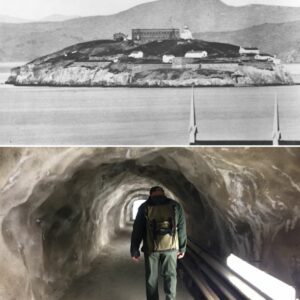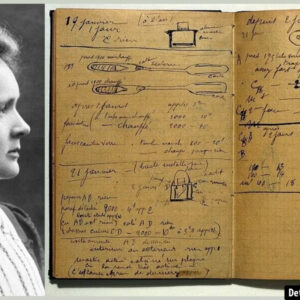The Moulin Rouge, a name that echoes through the streets of Paris and beyond, is synonymous with glamour, dazzling performances, and a rich history that spans over a century. This legendary cabaret, which first opened its doors in 1889, has witnessed dramatic shifts in Parisian society, European politics, and even global pop culture. Known for its vibrant performances, innovative dances like the Can-Can, and its famed red windmill, the Moulin Rouge is more than just a night out in Paris—it’s a living testament to the evolution of entertainment, art, and culture in France.
The Birth of a Parisian Legend: 1889-1914
The Moulin Rouge was conceived by two visionaries—Joseph Oller and Charles Zidler—who recognized the growing demand for entertainment that appealed to both the upper class and the working class of Paris. Located in the bohemian district of Montmartre, it quickly became a hotspot for Parisians and tourists alike. The cabaret’s most distinctive feature was its red windmill, a nod to the area’s history, where many windmills once stood. This eye-catching symbol quickly became an iconic part of Paris’s skyline, and the surrounding area, once a quiet village, was transformed into a bustling center of nightlife.
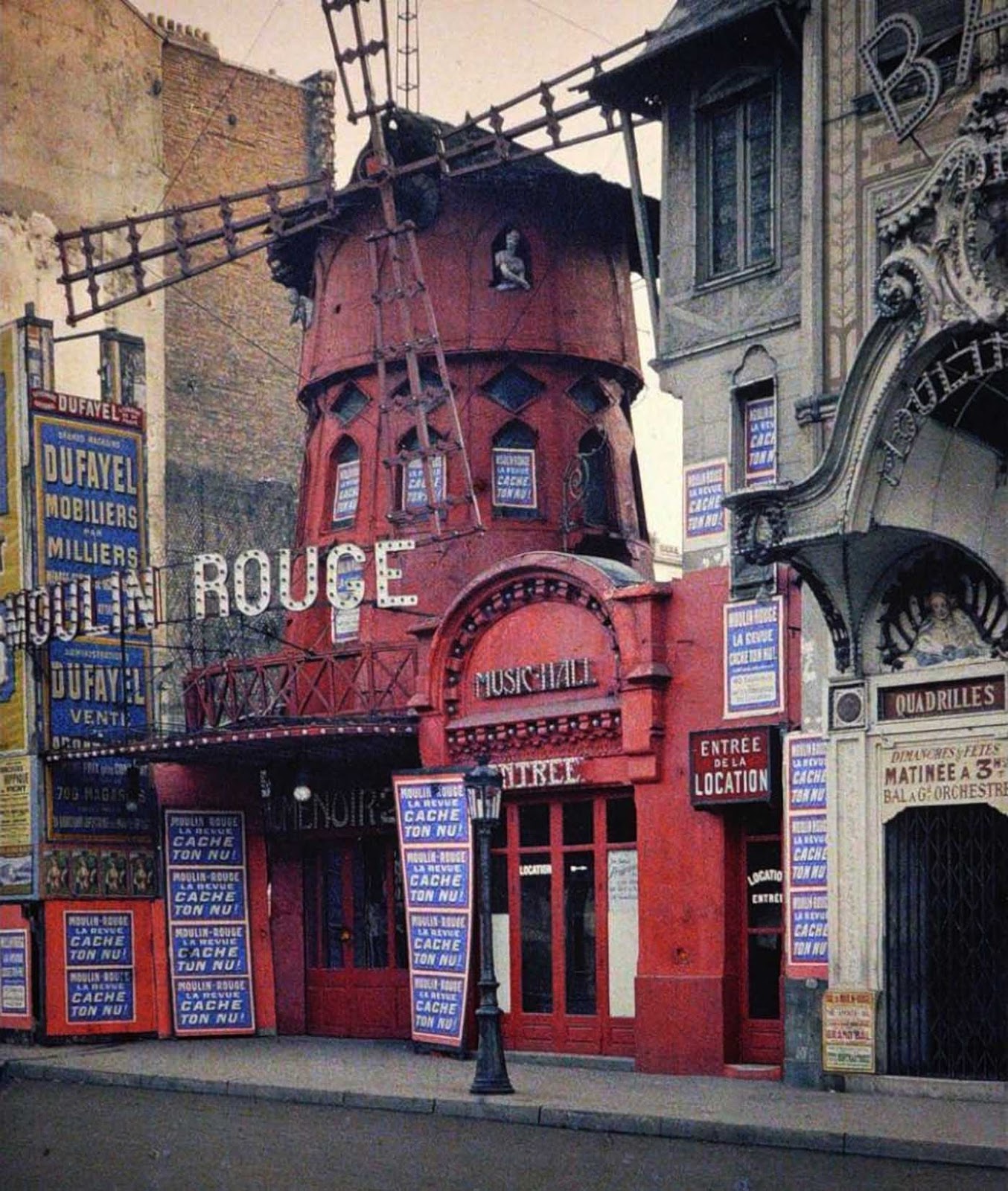
From its early days, the Moulin Rouge embraced its colorful and extravagant identity. The building’s facade, adorned with electric lights, was one of the first of its kind, drawing attention and fascination. Inside, guests were greeted by a luxurious environment that was as much about the spectacle as the performances. The venue also featured the famed “Jardin de Paris Elephant,” an opulent opium den that allowed men to enter through a spiral staircase inside the leg of a giant stucco elephant, offering a taste of forbidden pleasures in a whimsical setting.
Video
Watch the Paris – 1900s – Moulin Rouge video and step back in time to experience the vibrant atmosphere of this iconic venue in its early years.
The Can-Can and Star Performers: Pioneering a New Era of Dance
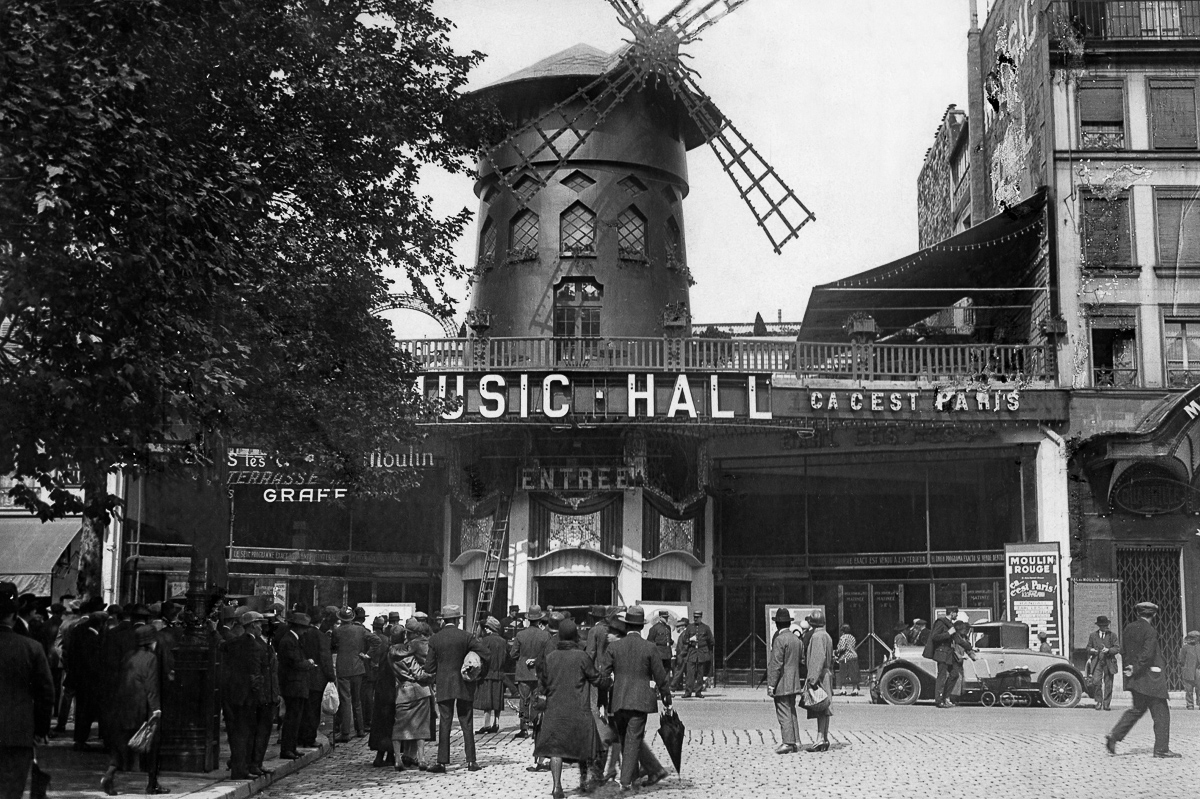
The introduction of the Can-Can dance in the 1890s forever changed the face of the Moulin Rouge. A provocative, energetic dance that involved women lifting their legs and skirts, the Can-Can became synonymous with the cabaret and symbolized the rebellious spirit of the era. The most iconic performer of this time was Louise Weber, known as “La Goulue,” or “The Glutton,” who famously danced her way into the hearts of Parisian audiences. La Goulue’s lively performances, often involving playful antics like stealing drinks from guests, made her a sensation.
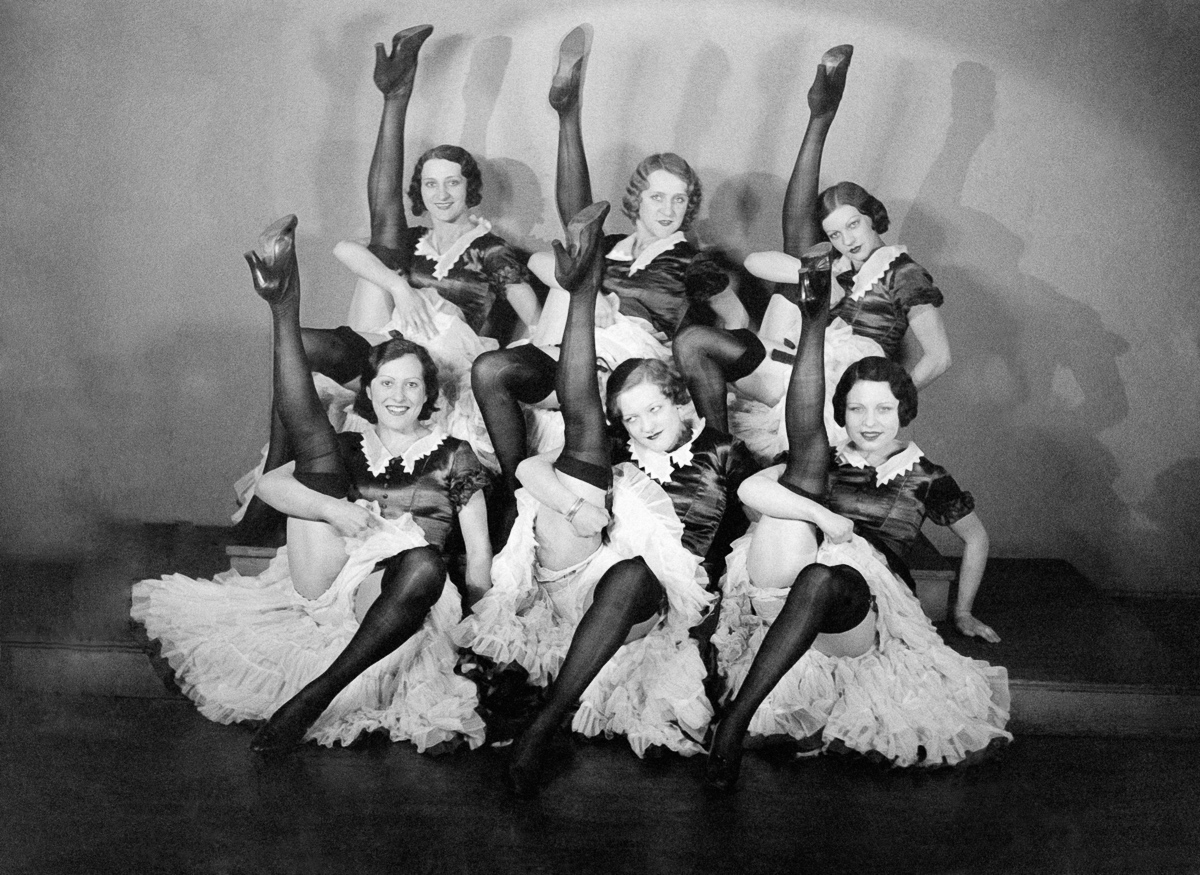
But she was not alone in her stardom. Jacques Renaudin, better known as Valentin le désossé, or “the boneless,” was her partner in many performances. Together, they captivated the audience with their acrobatic routines and exuberant energy. Despite Renaudin’s success, La Goulue remained the face of the Can-Can, and her fame helped solidify the Moulin Rouge as a global symbol of Parisian nightlife.
The art of seduction and celebrity was central to the Moulin Rouge’s charm. The dancers were considered both celebrities and controversial figures, often followed by the press, which further contributed to the cabaret’s mystique and allure.
Fire and Rebirth: 1915 to 1921

In 1915, a devastating fire ravaged the Moulin Rouge, leaving the building in ruins. However, the spirit of the cabaret was far from extinguished. After years of reconstruction, the Moulin Rouge reopened in 1921, ushering in a new era. The reborn venue retained its place at the heart of Parisian entertainment, even as the world grappled with the aftermath of World War I. Despite the challenges faced by the cabaret, it continued to draw crowds, evolving alongside the cultural shifts of the 20th century.
The Wars and the Changing Landscape of Parisian Nightlife
The two World Wars left a significant mark on the Moulin Rouge. During World War I, the cabaret became a refuge for soldiers and American sailors stationed in Paris. The site provided them with much-needed respite, offering music, dance, and entertainment during turbulent times. The proximity to Montmartre’s artistic community also ensured that the cabaret remained relevant, attracting writers, artists, and intellectuals.

By the time World War II arrived, Paris, and indeed the entire world, had changed. In 1940, with the German occupation of France, the Moulin Rouge, like many other cultural institutions, faced new challenges. Despite the dark days of the occupation, the Moulin Rouge remained a symbol of resistance, a place where Parisians could temporarily escape the harsh realities of war. However, the 1940s also marked a turning point, as the traditional art forms of the cabaret began to lose some of their former luster in the face of changing tastes.
Post-War Transformation: The Revival in the 1950s and 1960s
After World War II, the Moulin Rouge went through several transformations, reflecting the changing cultural and social landscape of post-war Paris. In the 1950s, the cabaret was revived with a new format—dinner-spectacle shows that combined music, dancing, and theater. This shift ensured that the Moulin Rouge remained a major player in the French entertainment scene, despite the rise of other forms of popular entertainment like cinema.
In the following decades, the Moulin Rouge continued to evolve, embracing both tradition and modernity. Its iconic performances remained a central part of its offerings, while its connection to French culture deepened. By the 1980s, the Moulin Rouge had become a symbol not only of Parisian nightlife but also of global tourism, attracting millions of visitors from around the world.
The Moulin Rouge Today: A Global Icon
Today, the Moulin Rouge stands as a major tourist attraction and continues to host world-class performances, from traditional Can-Can dances to more contemporary spectacles. The venue’s enduring legacy is evident in its ability to adapt and survive through changing eras, while retaining its unique charm. As a tourist destination, it offers visitors an authentic experience of Parisian nightlife, combining history, culture, and entertainment in one unforgettable package.
Despite the passage of time and the many transformations it has undergone, the Moulin Rouge remains a cultural icon. Its story reflects the evolution of Paris, the arts, and entertainment itself, serving as a reminder of the city’s resilience and creativity. Whether you’re a first-time visitor or a frequent guest, the Moulin Rouge continues to captivate and inspire, a testament to the timeless allure of Parisian cabaret.
Gallery: The Moulin Rouge Through the Ages
In this gallery, explore rare images from the early days of the Moulin Rouge, showcasing the grand performances, the iconic performers, and the cultural significance of the cabaret throughout the years.
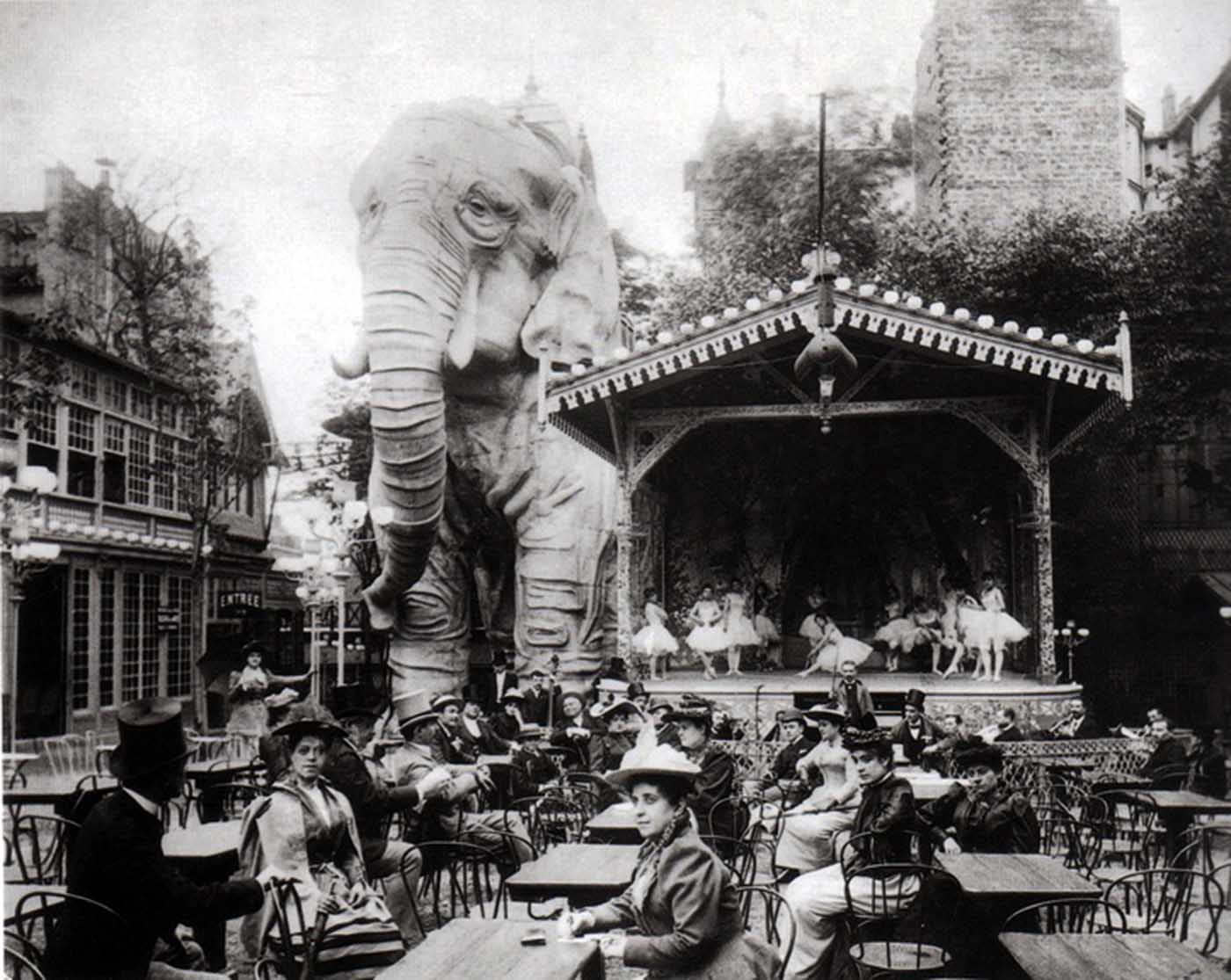
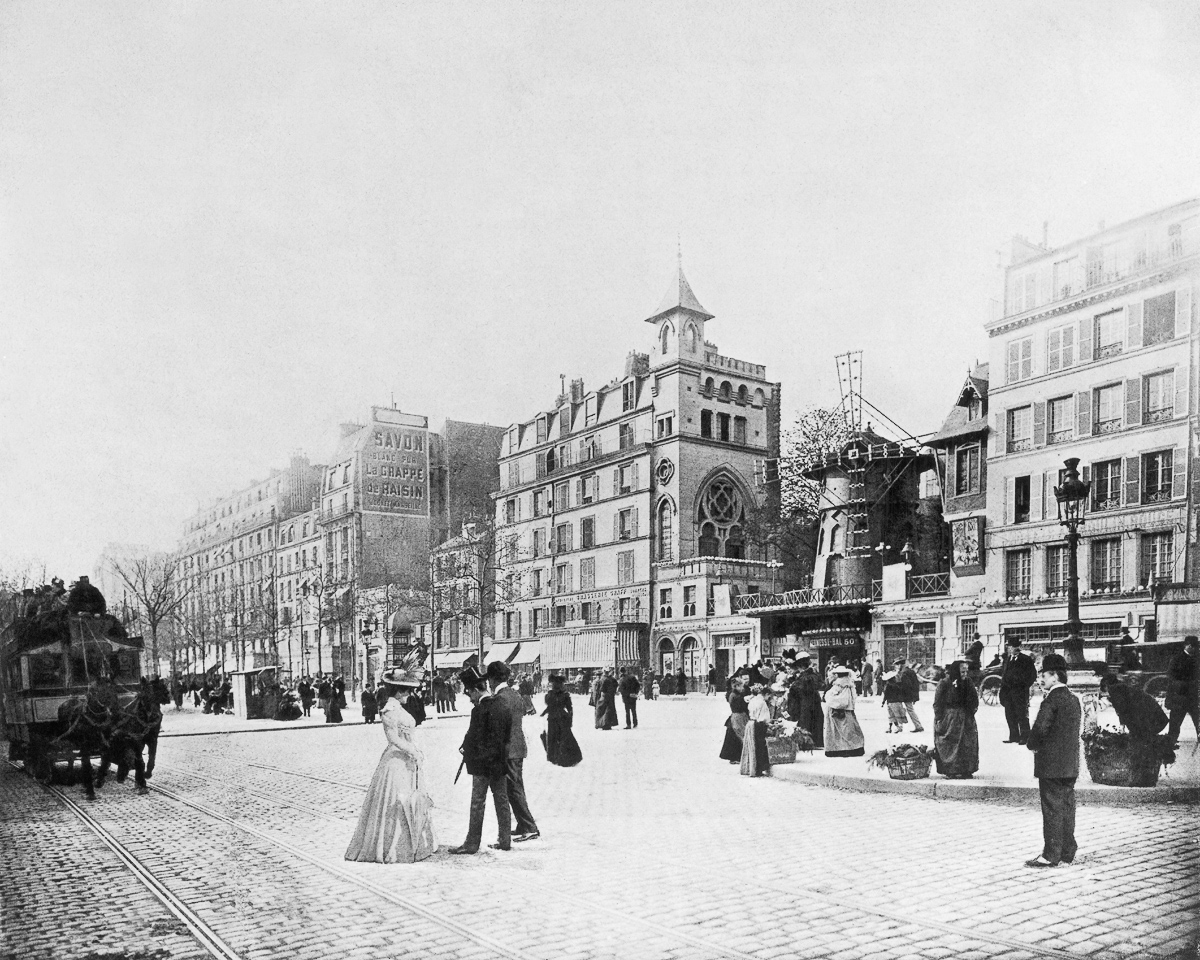
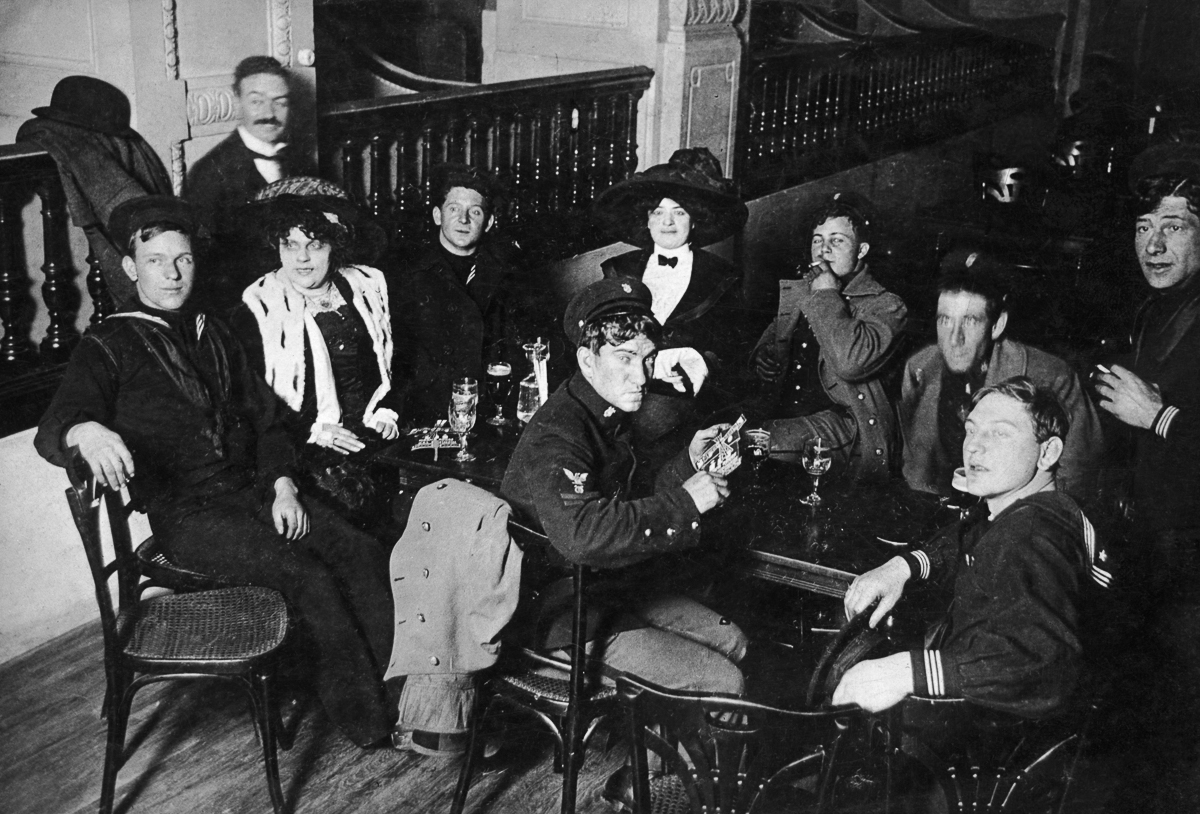
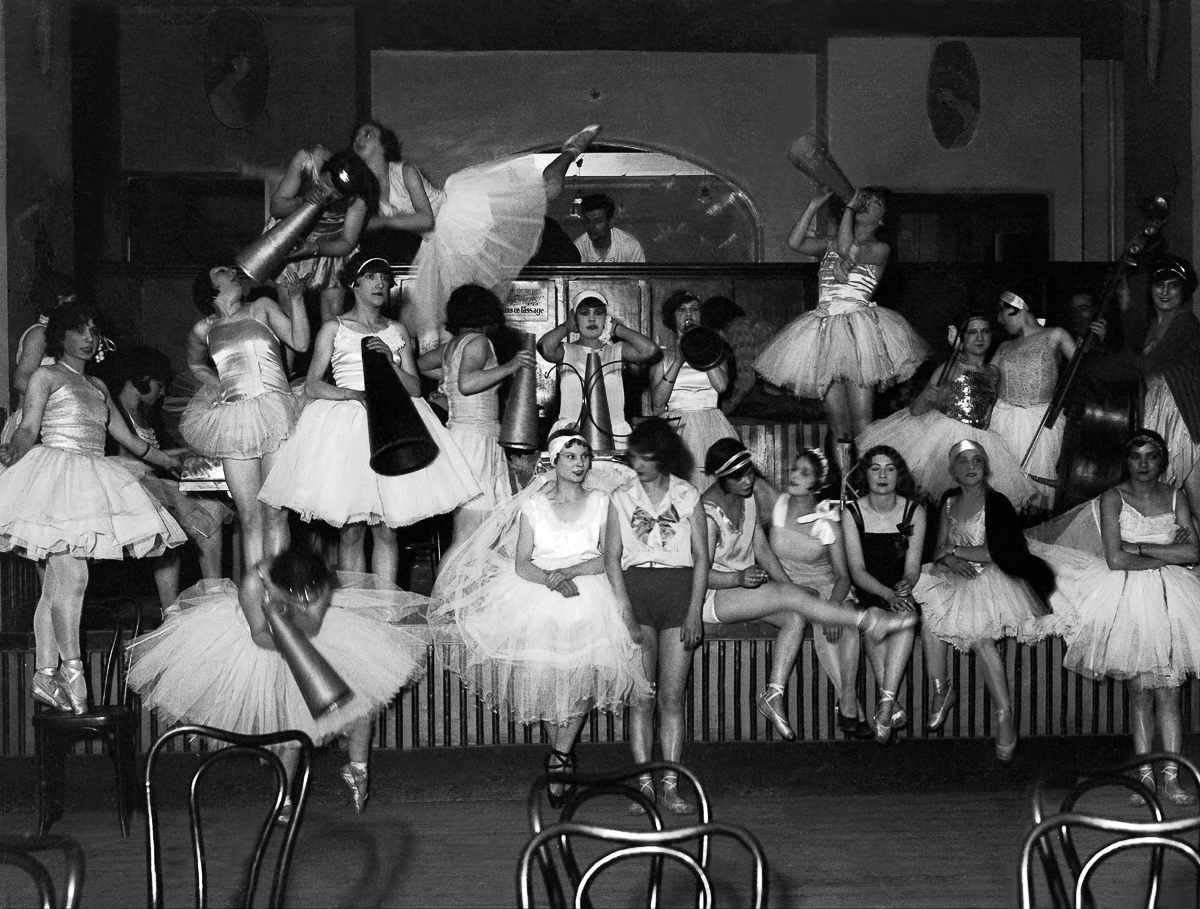


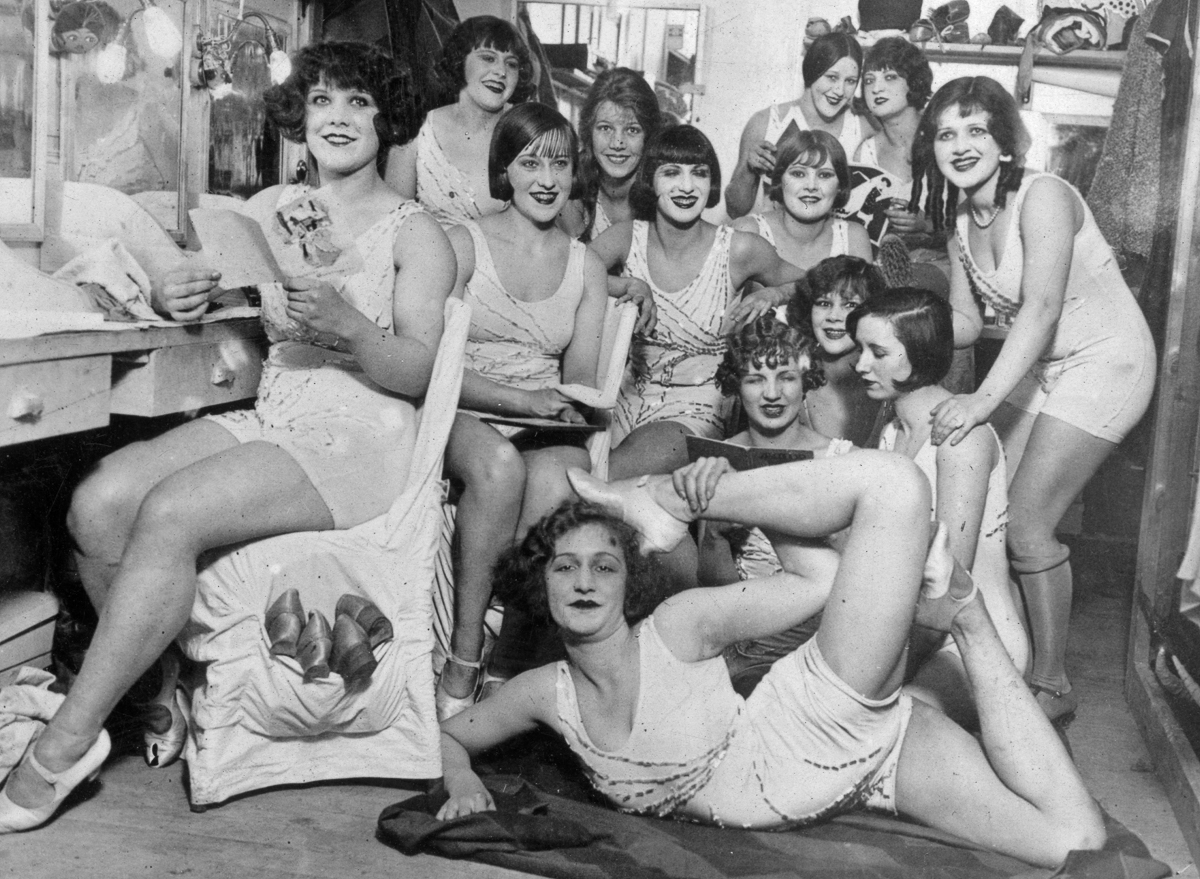
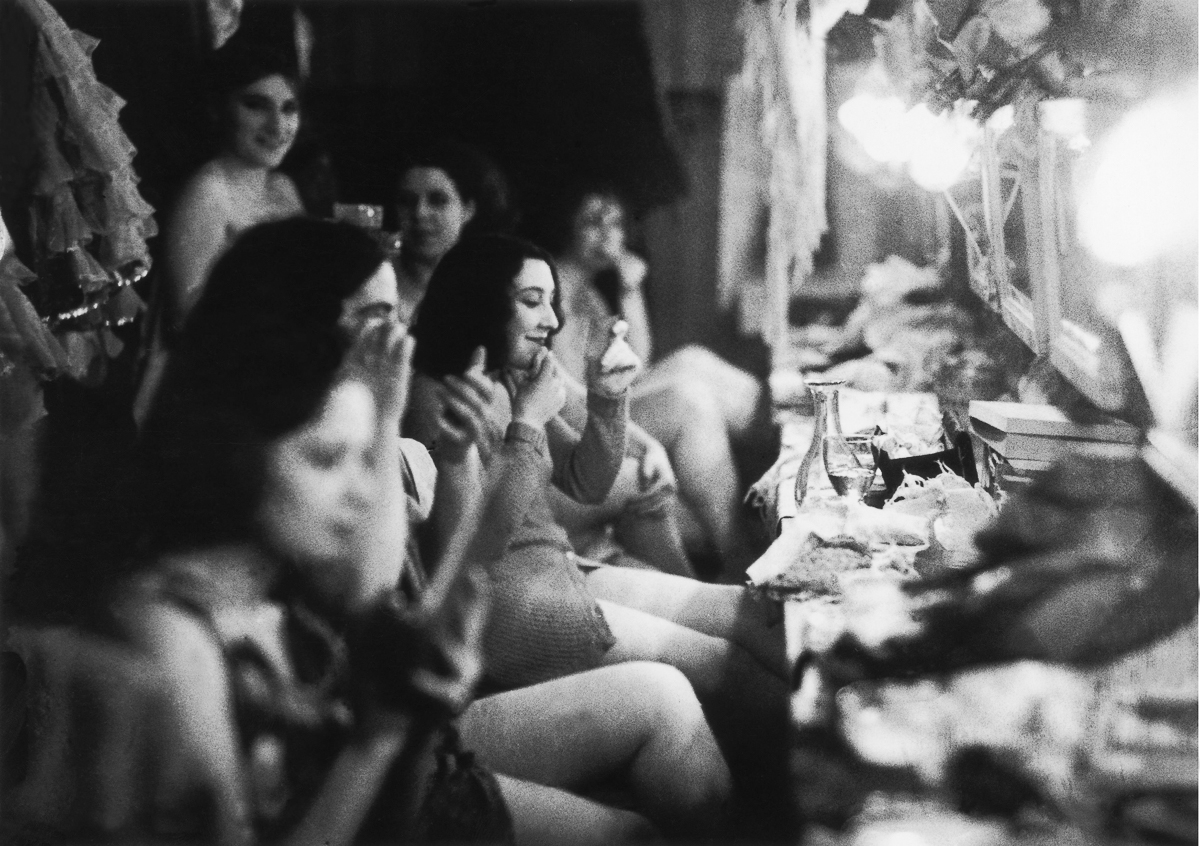


Video
Watch The Untold Story of Moulin Rouge and discover the fascinating history behind this legendary Parisian cabaret.
Conclusion: The Enduring Charm of the Moulin Rouge
From its humble beginnings as a venue designed to attract tourists to its status as a global entertainment icon, the Moulin Rouge has captured the hearts of millions. Today, it stands as a testament to the enduring charm and spirit of Paris, blending history with modern entertainment in a way that few venues can. The Moulin Rouge continues to shine brightly in the heart of Paris, offering a glimpse into the past while embracing the future, ensuring that its legend lives on for generations to come.

